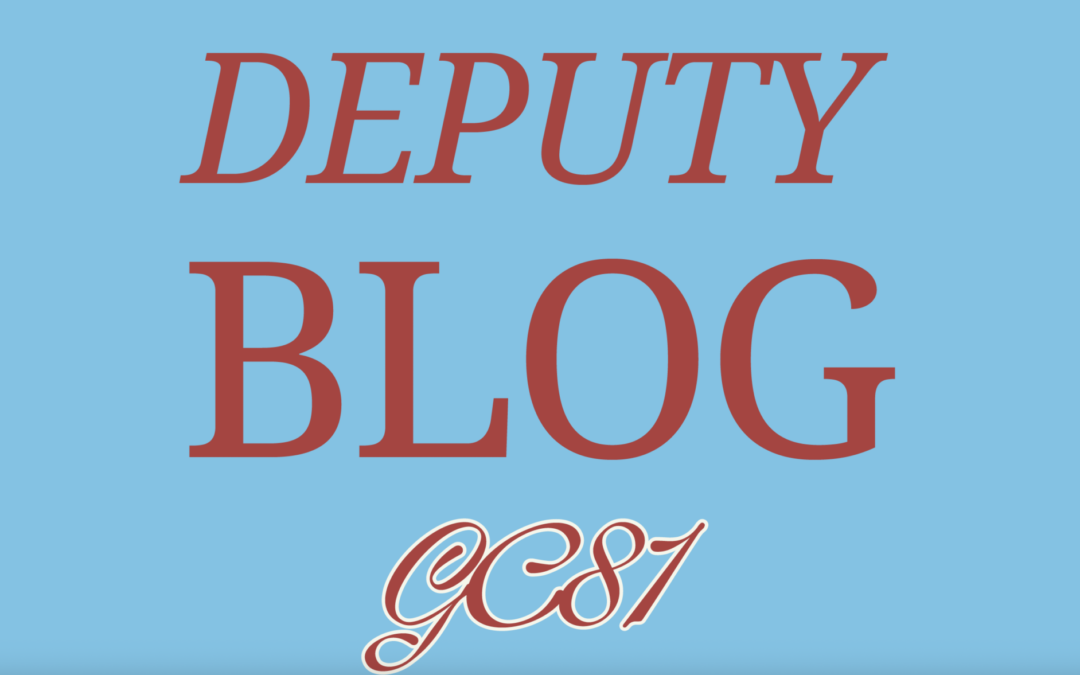Author: Deputy Michael Sells
I am particularly interested in how The Episcopal Church will respond to Resolution A095 “Continue the Task Force on Indigenous Liturgy” because I’m not a fan of new liturgies. I do my best to use both Rites in the Prayer Book.
So, I ask myself, can the church truly produce a “Indigenous” liturgy that a small congregation wants to use in rural northwestern New Mexico? For example, “other” liturgies like Enriching Our Worship 1-6 are rarely used. In fact, it’s awkward enough getting non-Episcopalians familiar with our liturgy in the Prayer Book, however when the basics are kept and explained, I’ve learned that non-Episcopalians find a new beauty and appreciation for our liturgy.
Moreover, clergy create a disservice when the Prayer Books in their church have page 355 well used after years of use. Their prejudices prevent their congregations from learning about and appreciating the full beauty and history of our liturgy. Their rigidity to protect their congregation from patriarchy has limited their congregation’s right to fully express themselves as Anglican Christian. And I see rigidity on both sides. Those who prefer Rite One, and those who grew up in churches where the priest never used Rite One. When such rigidity becomes monotonous, then a cry for “other” liturgies or a Beyonce Mass is a needed cry. And when a congregation does not know why there are different liturgies in the Prayer Book, then I don’t blame them for seeking something that is more life giving. Because when you ignore where you come from, how can you make an honest journey home?
Now, we come to the delicate story of “colonized” people. If you’ve ever watched Reservation Dogs, then you know that most Natives like rap and heavy metal. And so, I’ve often asked my colleagues why they don’t draft a “Heavy Metal” liturgy? The music brings them solace and probably nostalgia. And I wonder why they seem to keep their secular life separate from their religious life. It seems like they are doing the same thing that our grandparents did – keeping Christian life separate from Navajo life. But why, is it to protect themselves?
And so, I ask the Church to continue the Task Force on Indigenous liturgy. “Colonized” or disempowered people should have a safe space in your church. Maybe, that’s why Enriching Our Worship became available in the late 90’s. However, leaving an institution in charge of something as dynamic as an “Indigenous” liturgy for rural northwestern New Mexico seems like Enriching Our Worship all over again. Liturgy (the work of the people) is continually evolving like our prayer books. Yet, rigidity can make us feel safe and ignorant in an evolving world. I know institutions move slowly and rarely produce original creative works; it would have been incredible if a Task Force produced something original like the Beyonce Mass. Yet, Jesus’ dream was to help the “sick” find a doctor. In this ever-changing world, maybe the “right” liturgy can be the “right” medicine to help us with our healing, or as we say in Navajoland to return to “hozhogo na shadoo (walking in beauty and balance)”


